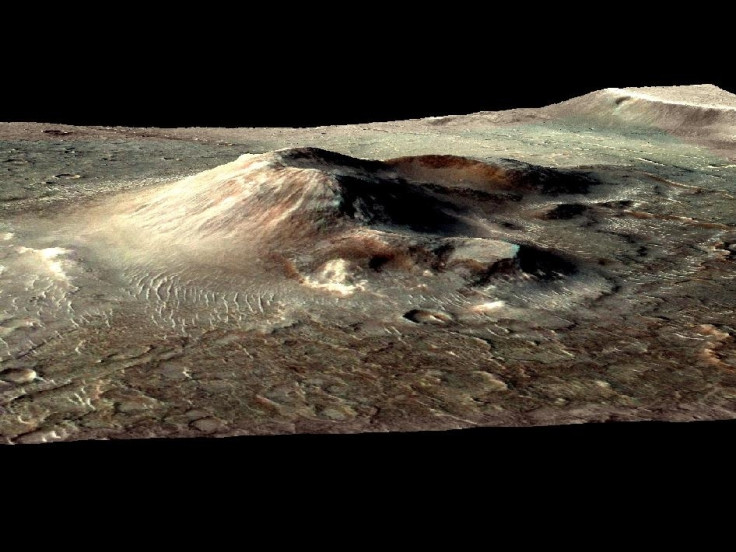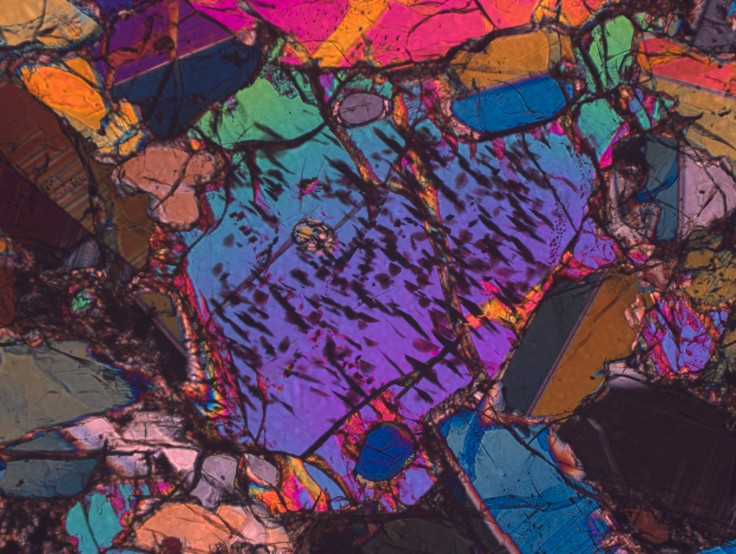Incredible meteorites from Mars show how the most massive volcanoes of the Solar System formed
Mars is home to the largest volcanoes anywhere in the Solar System, because of its unique planetary structure. How these volcanoes evolved to be so large has now been revealed.
Some of the largest volcanoes both on Earth and on Mars form over mantle plumes. These are upwellings of magma from deep in the planet's mantle up towards the surface.
On Earth, the crust shifts over the mantle, so volcanoes don't remain for long over the same mantle plume. On Mars there is no such movement of the crust. So volcanoes sit above mantle plumes indefinitely.
Scientists have now found that one Martian volcano grew continuously because of this, at a rate of about 40 to 70cm every million years.
This is about 1,000 times slower than volcanoes on Earth, such as Mauna Kea in Hawai'i. These slow-growing volcanoes must be much older than previous estimates to have had time to reach their enormous size, the researchers conclude.
Scientists at the Scottish Universities Environmental Research Centre measured the activity of one volcano on mars by studying six meteorites from Mars. They were thrown from the surface of a Martian volcano about 10.7 million years ago during an impact event. They are made up of a type of igneous rock called nakhilite.
Their age and composition revealed details of the volcano formation and lifespan that are otherwise incredibly difficult to find without direct sampling of material from Mars. The findings are published in a study in the journal Nature Communications.
"Studying Martian volcanoes provides us with a valuable comparison with our own planet," lead author Benjamin Cohen told Inverse.
"Mars is a rocky world like Earth, so examining the similarities and differences between the two planets is very helpful. This slow rate [on Mars] is too low to have formed the massive Martian volcanoes, so Mars must have been more volcanically active earlier in its history."


© Copyright IBTimes 2024. All rights reserved.






















